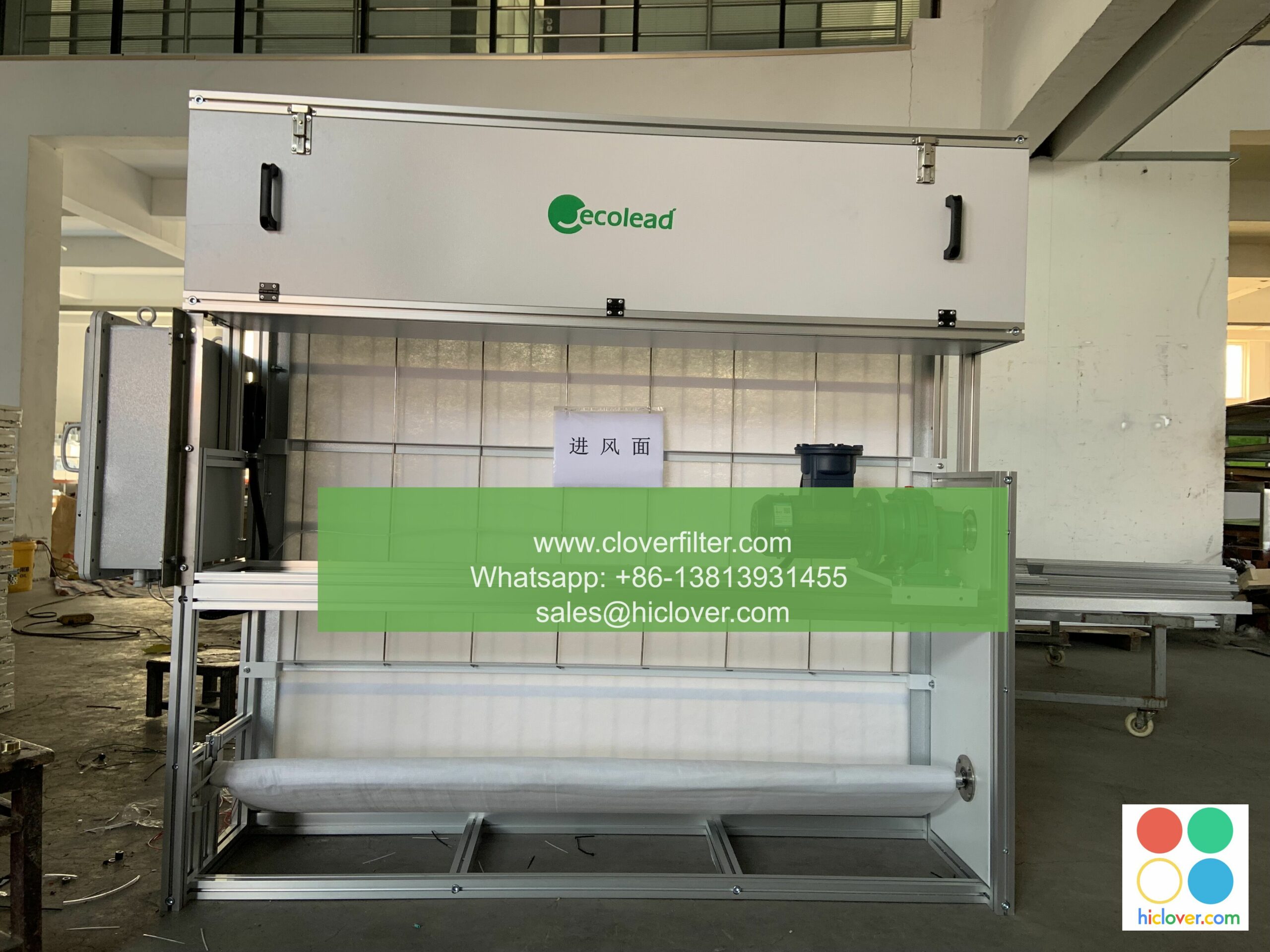Designing a Custom Cleanroom: A Guide for Pharmaceutical Manufacturers

Designing a Custom Cleanroom: A Guide for Pharmaceutical Manufacturers
Understanding the Importance of Cleanrooms in Pharmaceutical Manufacturing
The pharmaceutical industry demands utmost attention to detail and quality control to ensure the production of safe and effective medications. One of the most crucial aspects of pharmaceutical manufacturing is the cleanroom, a controlled environment where sensitive products are handled, processed, and packaged. A well-designed custom cleanroom is essential to maintain the highest standards of quality and sterility, while also minimizing the risk of contamination and product recalls.
Designing a Custom Cleanroom: Key Considerations
When designing a custom cleanroom, pharmaceutical manufacturers must consider several key factors to ensure success. Here are some of the most critical aspects of designing a cleanroom:
Classical Room Categories: A Key to Cleanroom Design
Pharmaceutical manufacturers must classify their cleanrooms based on the activity level, air quality, and degree of isolation required. There are four main classical room categories:
- Class 1 (ISO 5): The highest level of cleanliness, suitable for handling hazardous materials or implantable devices.
- Class 2 (ISO 6): For handling dangerous pathogens and biological materials.
- Class 3 (ISO 7): For handling non-hazardous pharmaceuticals and biological materials.
- Class 4 (ISO 8): General-purpose areas for non-controlled activities.
Air Quality and Pressurization
Air quality and pressurization are critical to maintaining a cleanroom environment. Pharmaceutical manufacturers must ensure that the air is supplied from a HEPA-filtered system, with a minimum of 30 air changes per hour. Pressurization is also crucial to prevent external contaminants from entering the cleanroom.
Lighting, Flooring, and Walls
Proper lighting is essential to maintain visibility and reduce the risk of error. The choice of flooring and walls must be durable, easy to clean, and resistant to chemical resistance.
Material Handling and Storage
Pharmaceutical manufacturers must ensure that all materials and equipment used in the cleanroom are properly cleaned, sanitized, and stored to prevent contamination.
Security and Access Control
Access control is vital to preventing unauthorized entry and maintaining the integrity of the cleanroom. This includes the use of electronic access systems, access badges, and surveillance cameras.
Training and Quality Control
The success of a cleanroom design relies heavily on proper training and quality control. Pharmaceutical manufacturers must ensure that all personnel are trained in proper procedures, gowning, and cleaning techniques.
Compliance and Regulators
Compliance with global regulations, such as ISO 14644, is critical to ensuring the quality and effectiveness of pharmaceutical products. Pharmaceutical manufacturers must demonstrate compliance with regulatory requirements, including GMP (Good Manufacturing Practices), to maintain credibility and reputation.
Benefits of a Well-Designed Custom Cleanroom
A well-designed custom cleanroom offers numerous benefits to pharmaceutical manufacturers, including:
- Increased productivity: A smooth, efficient production process reduces waste, extends product shelf life, and minimizes recalls.
- Improved product quality: A cleanroom environment ensures the highest standards of quality and sterility, resulting in superior product performance.
- Enhanced patient safety: By minimizing the risk of contamination and product recalls, pharmaceutical manufacturers can ensure patient safety and maintain public trust.
- Reduced costs: A well-designed cleanroom reduces the need for product rework, waste, and recall, resulting in significant cost savings.
Conclusion
Designing a custom cleanroom is a complex process that requires careful consideration of various factors, from air quality to security and compliance. By understanding the importance of cleanrooms in pharmaceutical manufacturing and applying the key considerations outlined above, pharmaceutical manufacturers can create a cleanroom environment that ensures product quality, patient safety, and regulatory compliance. By achieving these goals, pharmaceutical manufacturers can reduce costs, improve productivity, and maintain a strong reputation in the industry.
It looks like you meant to give me a prompt! What would you like to talk about or ask? I’m here to help with any questions or topics you’d like to explore.


